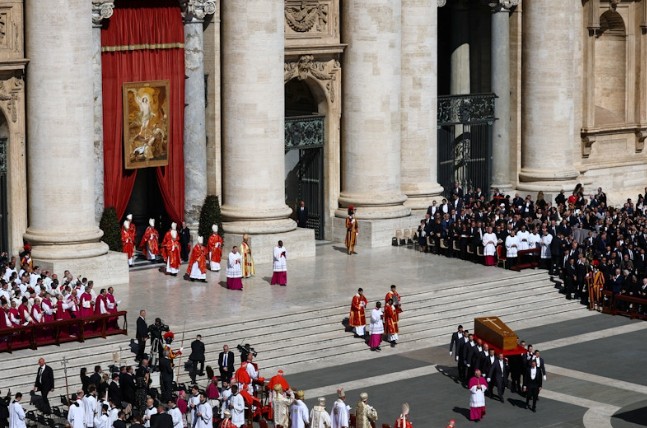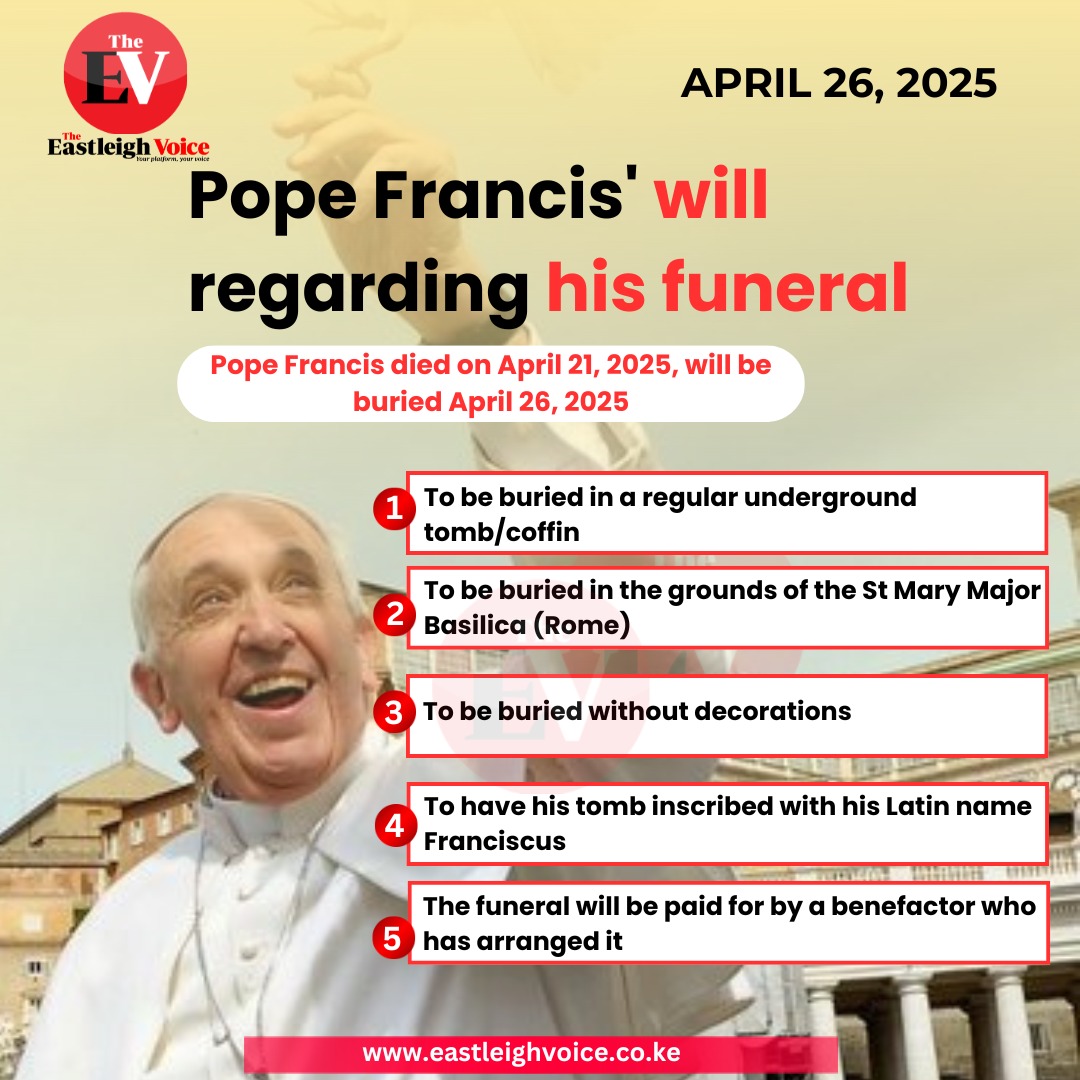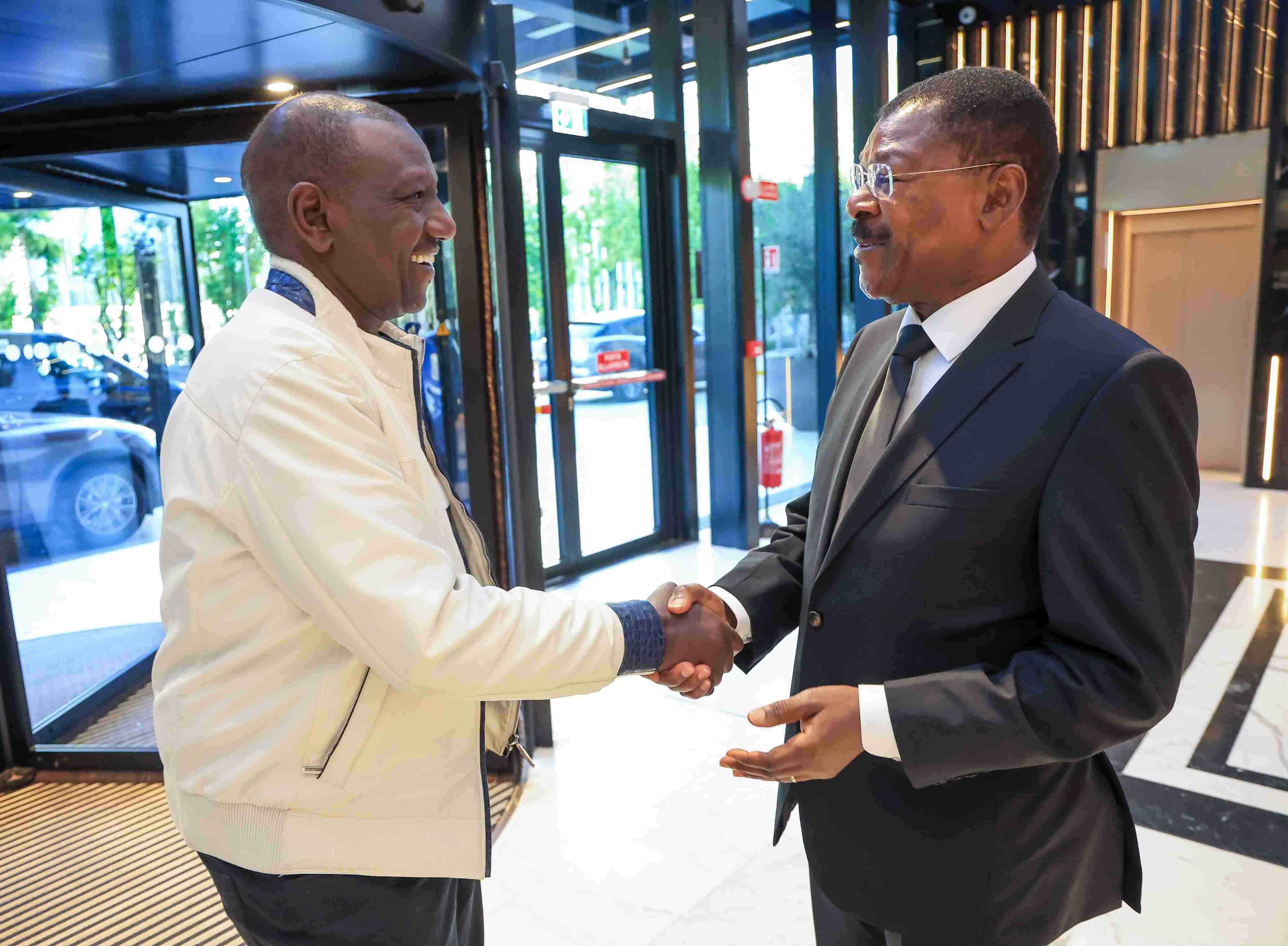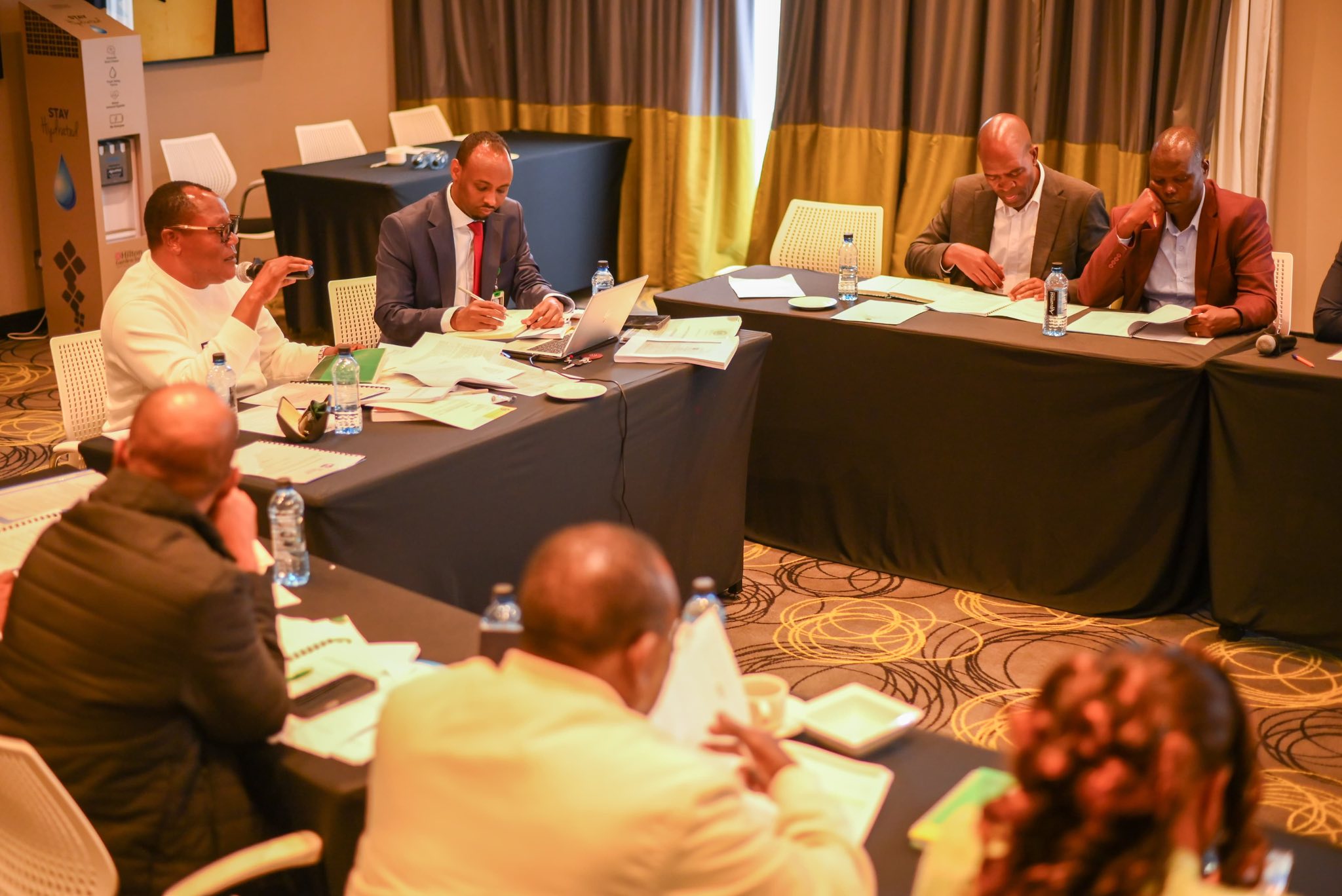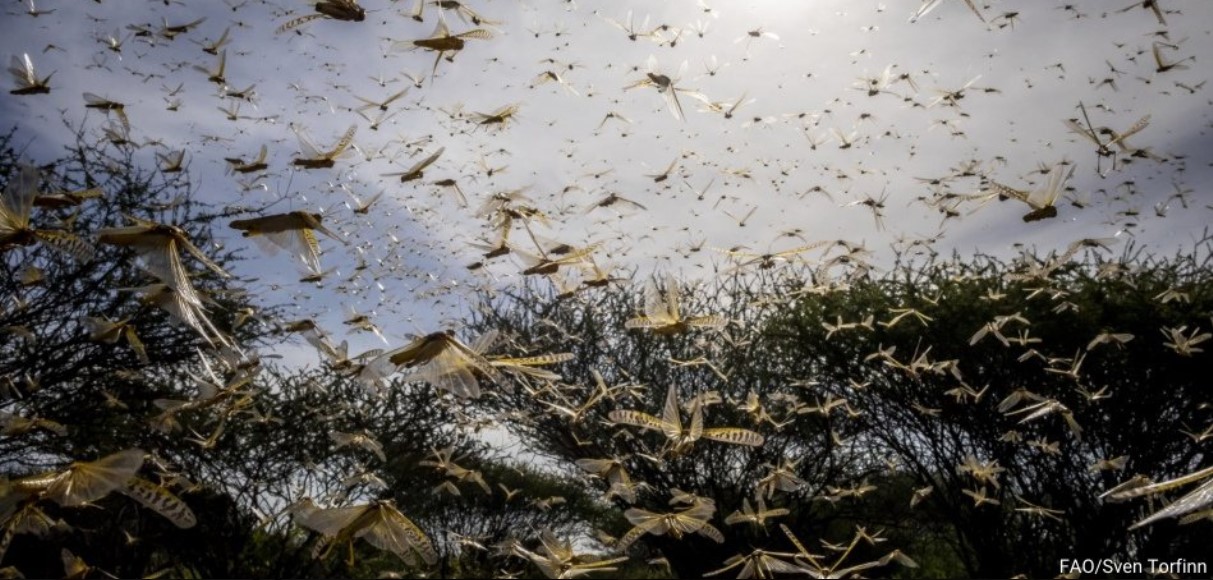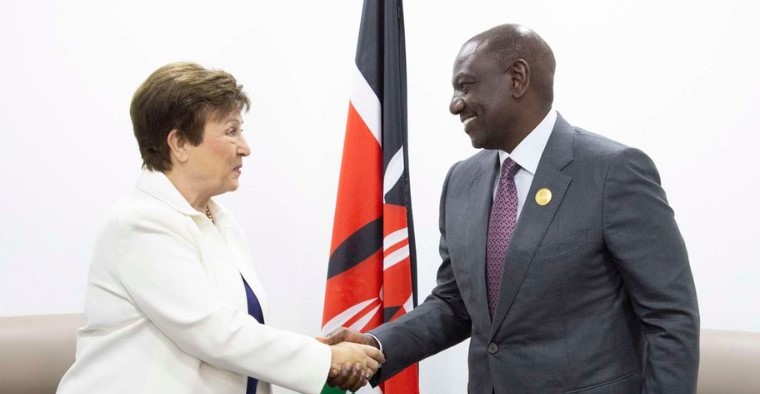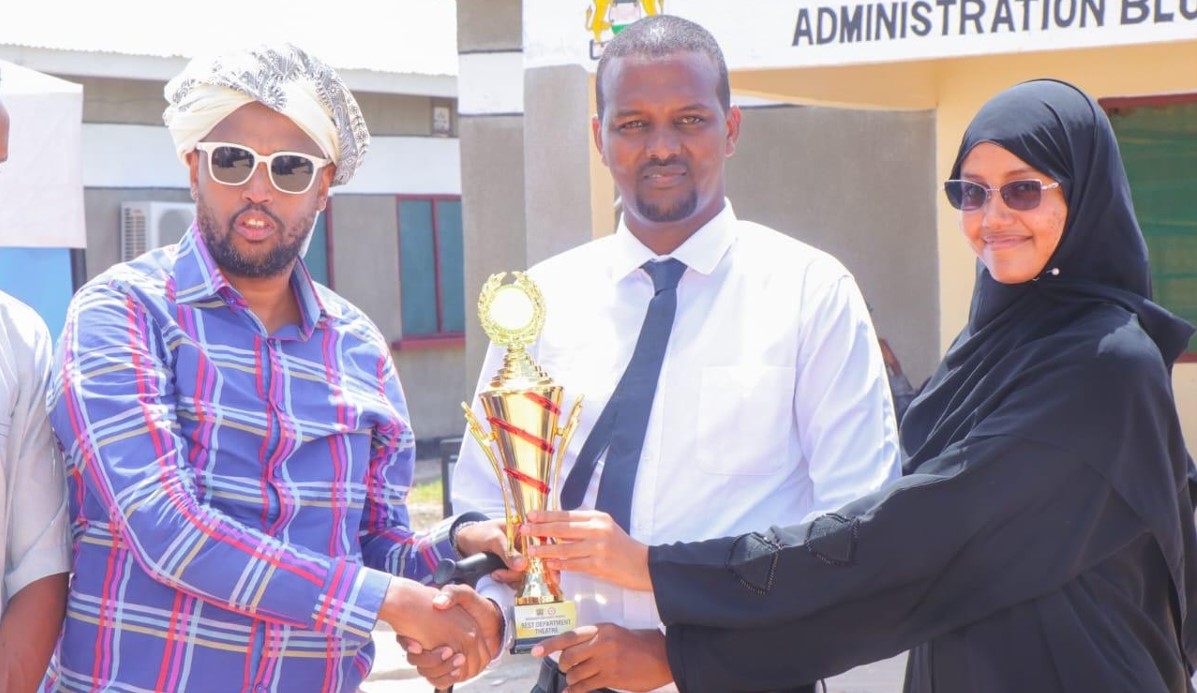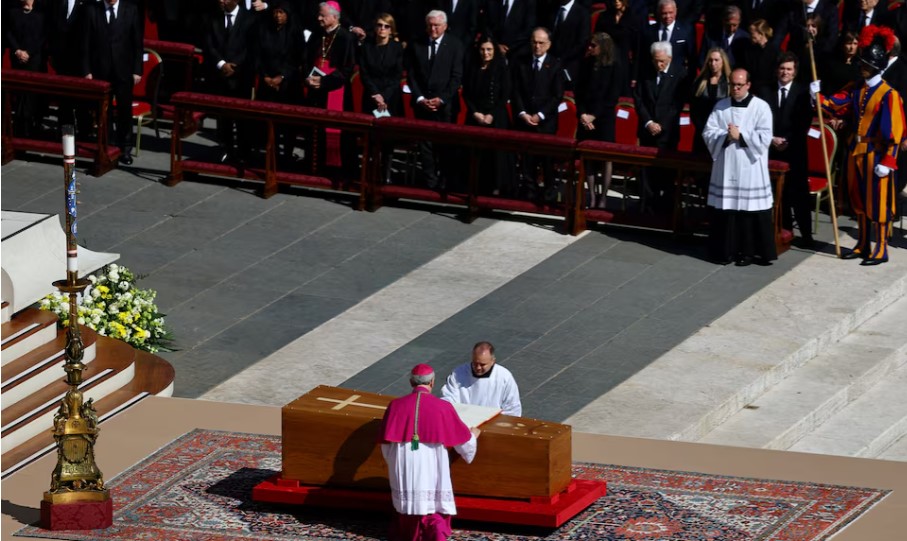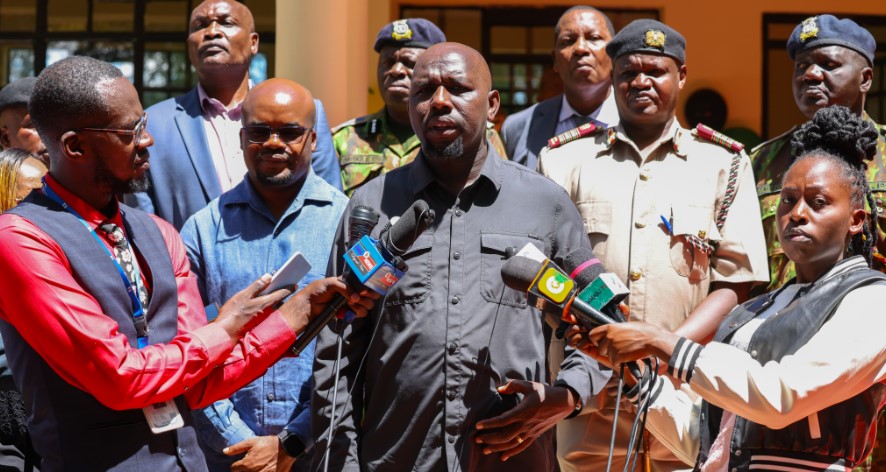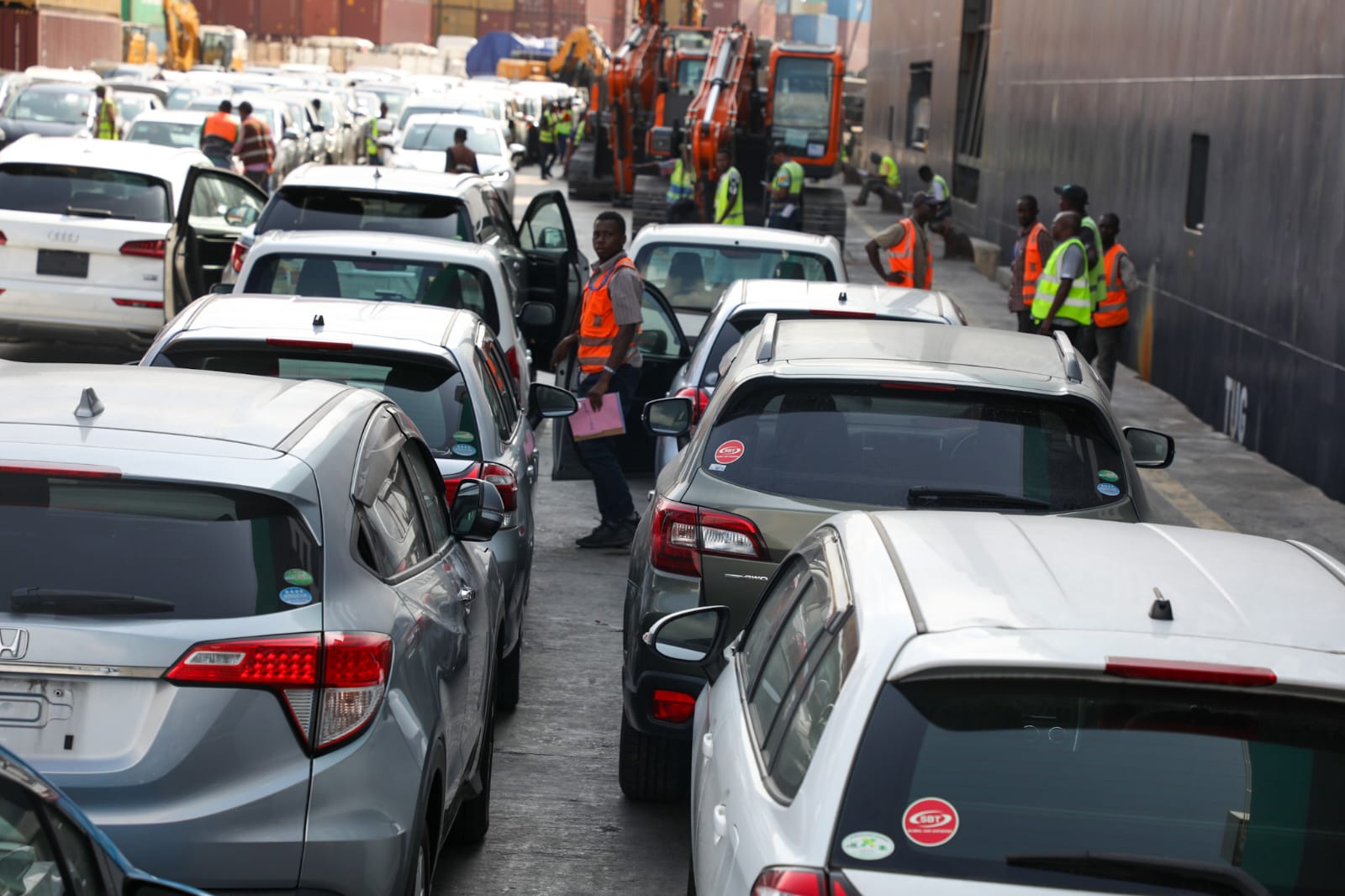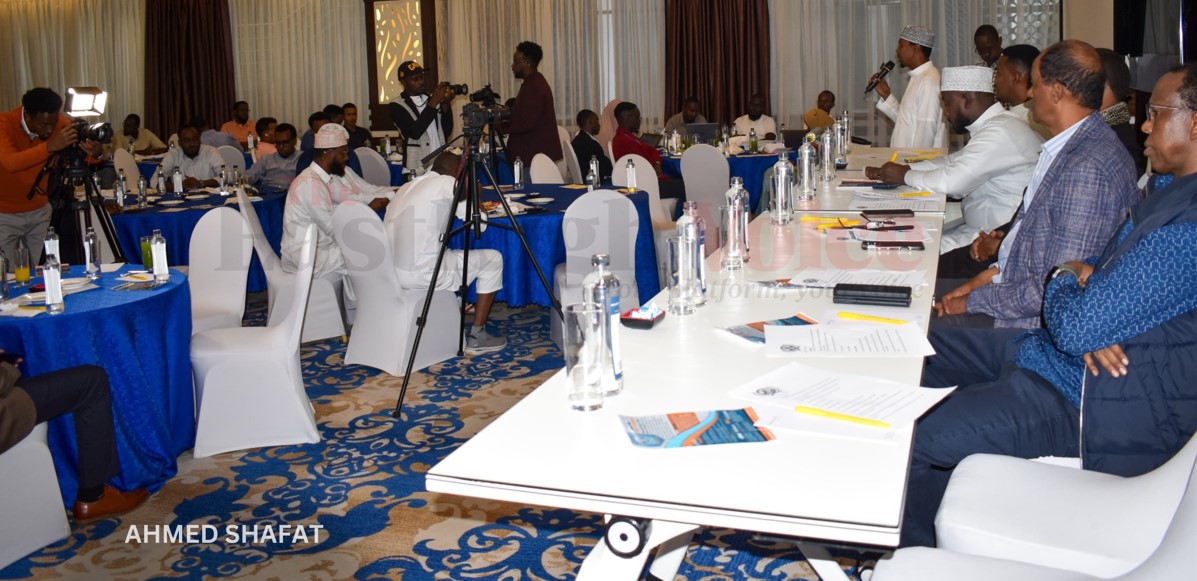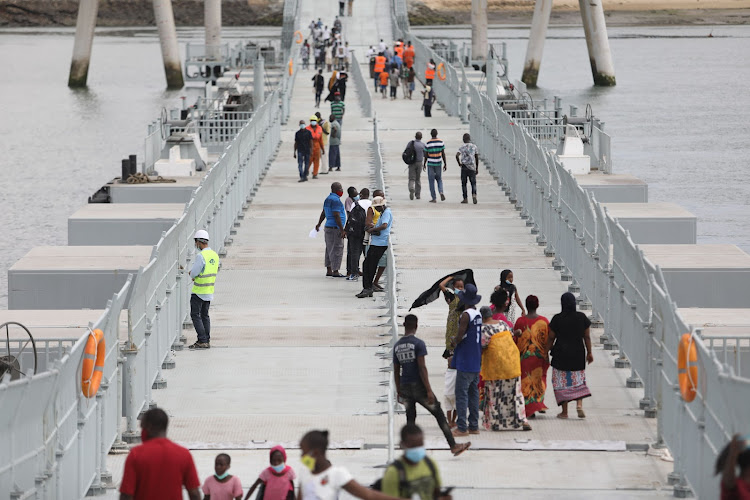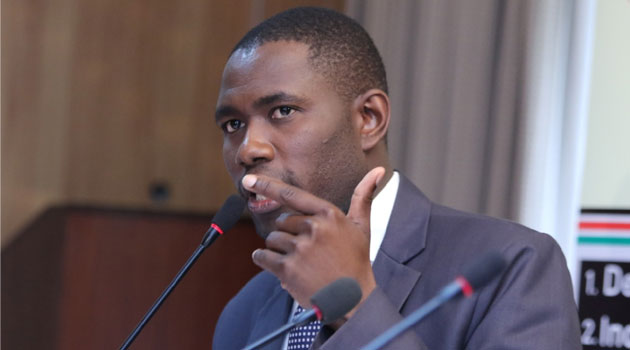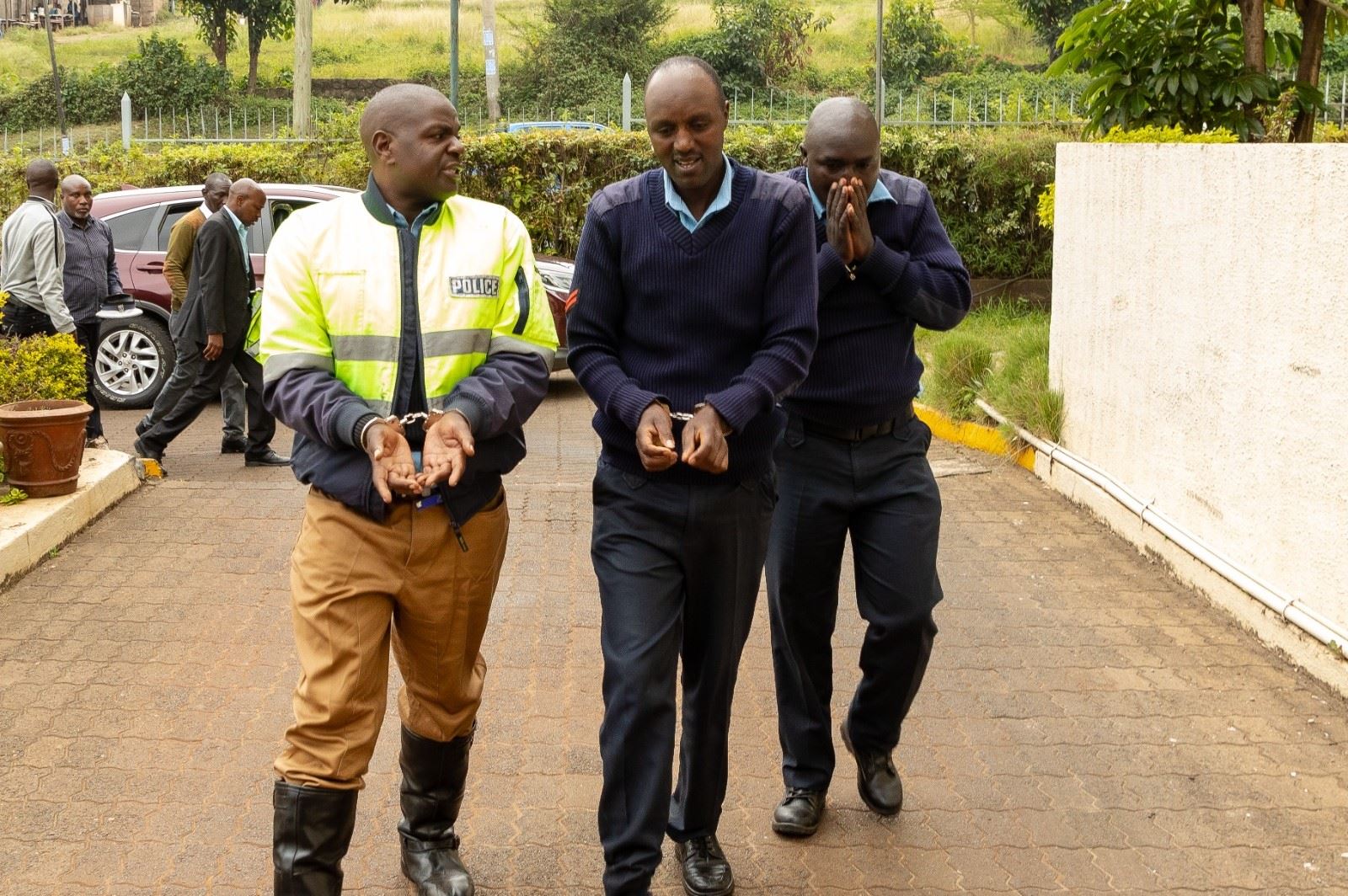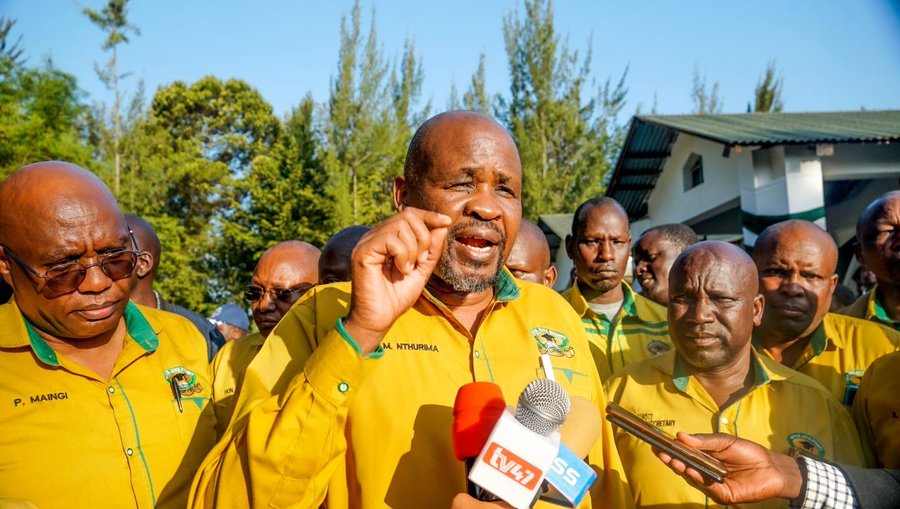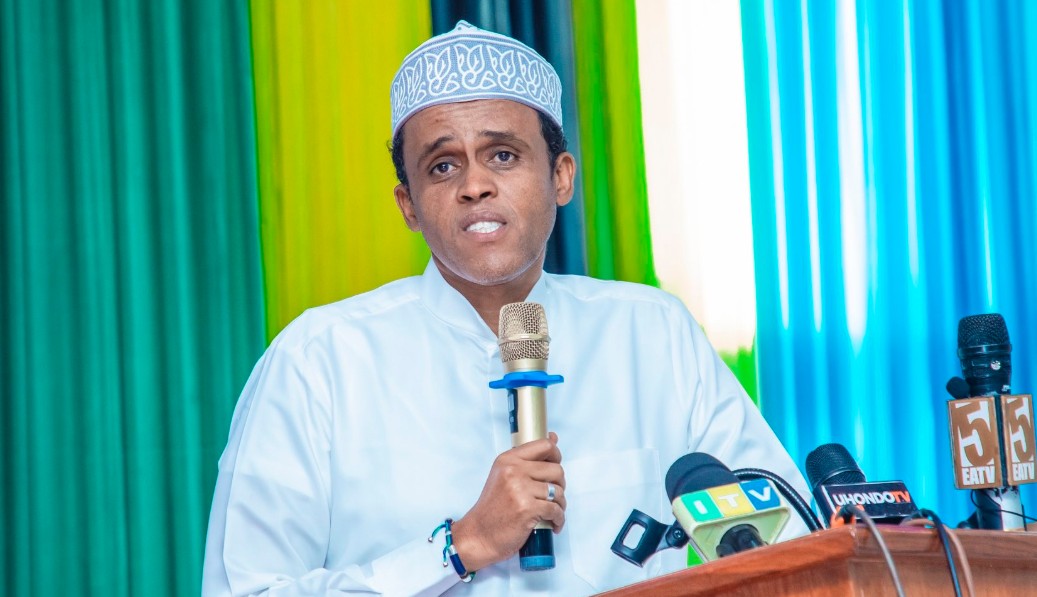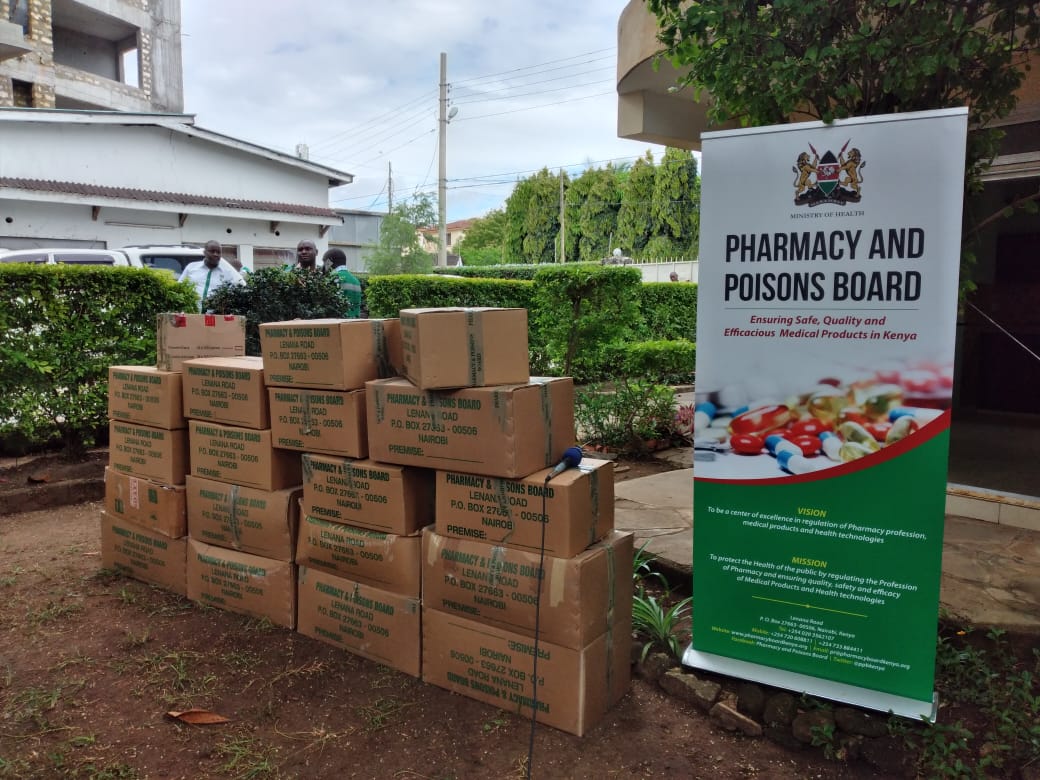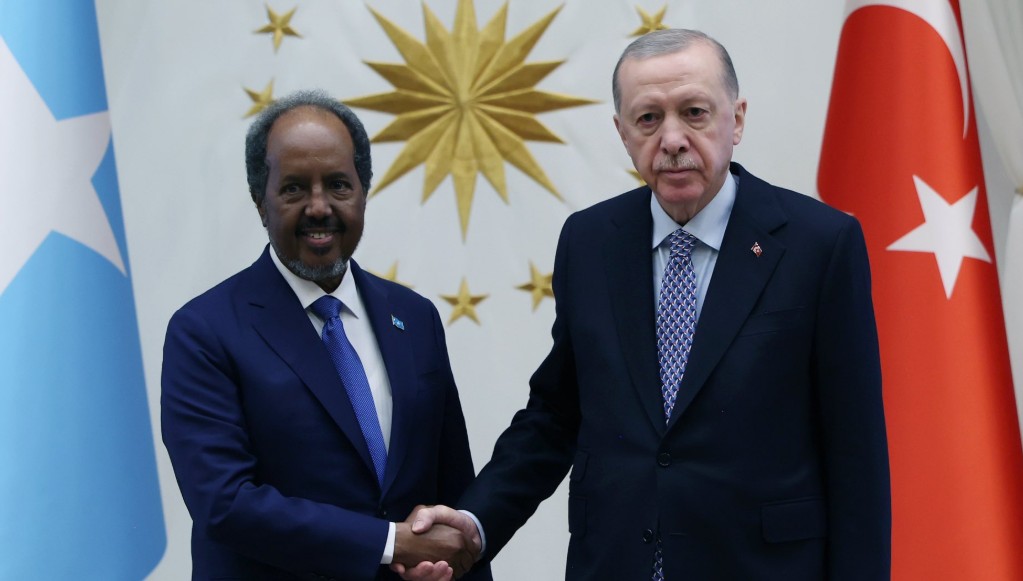Gazans need polio vaccines amid ‘deathly cycle’ of hunger, heat and disease, say UN aid agencies
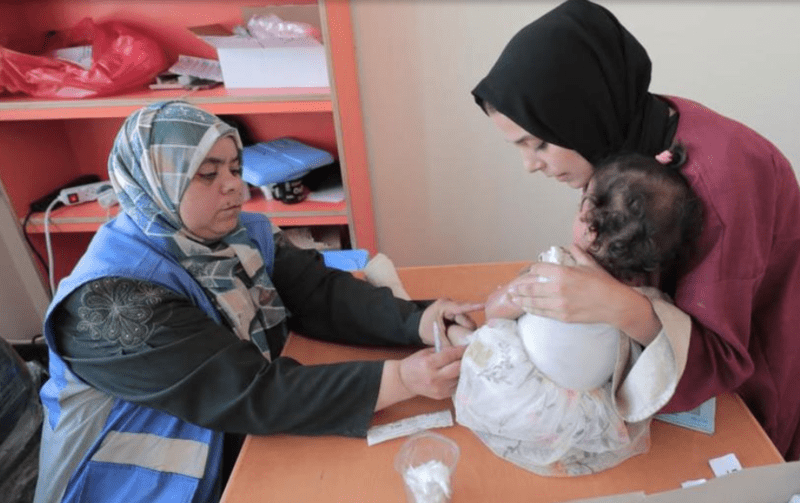
No cases of paralysis have been reported so far, according to WHO.
In a bid to prevent a polio epidemic in Gaza, UN humanitarians on Tuesday repeated continuing international calls for a ceasefire to allow a mass vaccination campaign to get underway.
Almost 10 months of war and intense Israeli bombardment have shattered healthcare in Gaza and disrupted routine inoculation rounds for youngsters, leaving them exposed to a range of preventable diseases including polio, which the UN World Health Organisation (WHO) confirmed had been identified last month in several sewage samples taken from Gaza.
More To Read
Safe access call
Speaking to journalists in Geneva, WHO spokesperson Christian Lindmeier said that a ceasefire would be “the best” solution, before calling at the very least for the enclave’s roads to be kept clear and for safe access to medical and other relief supplies.
“Otherwise, the vaccines would be sitting as many other trucks are across the border, either on the Rafah side or at the other checkpoints either inside…or outside Gaza,” he said, a week since the UN health agency announced that it was sending one million polio vaccines to the Strip.
No cases of paralysis have been reported so far, according to WHO.
If a child receives the full course of vaccines, the risk of contracting paralysing polio is “negligible”, said UN Children’s Fund (UNICEF) spokesperson James Elder.
He insisted that vaccination rates had been “very high” before war erupted in October.
“But the mass displacement, the decimation of health infrastructure, the horrendously insecure operating environment, they all make it much, much more difficult, hence putting more and more children at risk,” he said, adding that vaccination coverage was now at around 89 per cent – “hence you’ve got this increased risk for children”.
Water emergency
Condemning the reported destruction last week of a key water treatment station in the southern city of Rafah, Elder underscored the additional health dangers this had created for Gazans, now that it had been “blown up...It is yet another grim reminder of these assaults on families who are already in desperate need of water,” he said.
Today across Gaza, average water availability has fallen to between two and nine litres per person, per day, whereas the minimum should be 15 litres, Elder continued.
“Somehow people are holding on, but of course, we are now in that deathly cycle whereby children are very malnourished, there is immense heat, there is lack of water, there's a horrendous lack of sanitation and that's the cycle. On top of that, of course, there is a very, very active conflict.”
Key cities targeted for evacuation
In its latest update issued Monday evening, the UN aid coordination office, OCHA, said that more than 200,000 people in Gaza – nine per cent of the population – have been forcibly displaced by Israeli evacuation orders.
Directives issued by the Israeli authorities on Saturday and Sunday impacted Rafah, Khan Younis and Deir Al-Balah “where a combined 56,000 people had been sheltering”, OCHA said, before warning that the development comes “at a time when water, sanitation and hygiene conditions are being further eroded in Gaza, with infectious diseases on the rise”.
Top Stories Today

